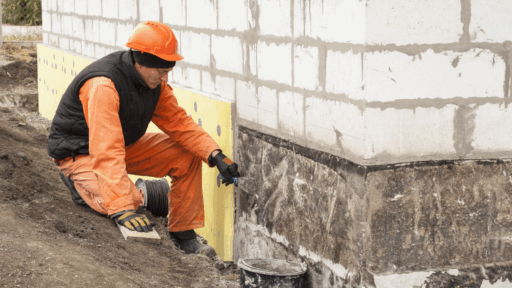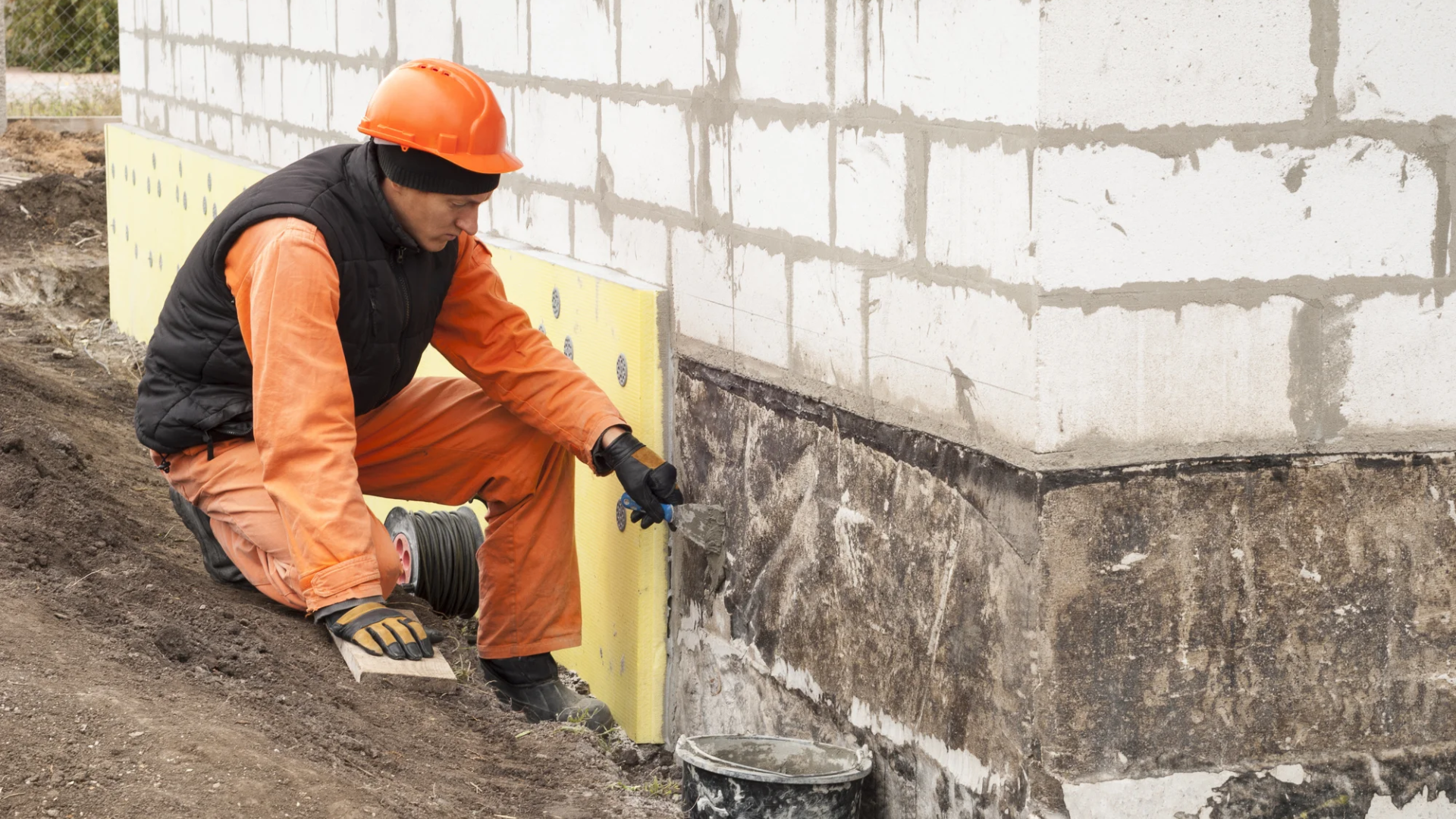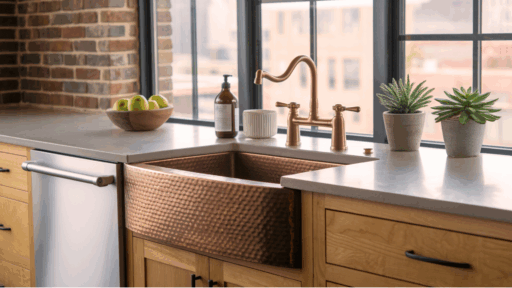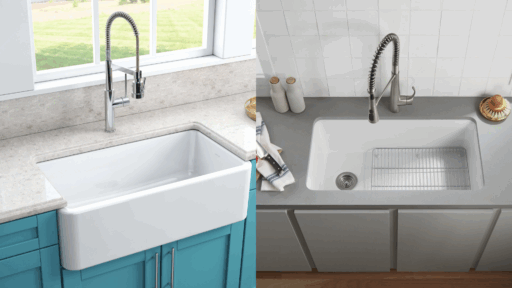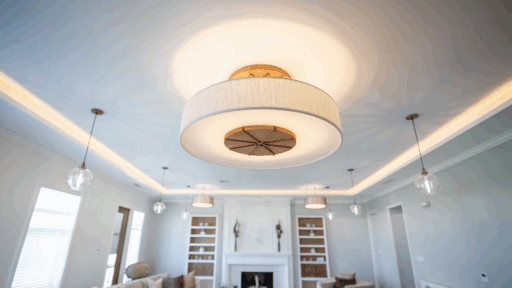If your foundation has cracked or collapsed, it can feel like everything is falling apart, literally. It’s more than broken concrete.
A damaged foundation can lead to slanted floors, stuck doors, and serious home issues.
I know it sounds overwhelming, especially if you’re unsure where to start. But you don’t have to figure it out alone.
This guide covers the primary causes of foundation collapse and provides step-by-step repair methods that are effective.
You’ll also learn when to call a pro, what the repairs might cost, and how to prevent future damage.
If you’re seeking clear, trusted guidance to repair a collapsed foundation, you’ve come to the right place. Let’s take it one smart step at a time.
What does a Collapsed Foundation Mean?
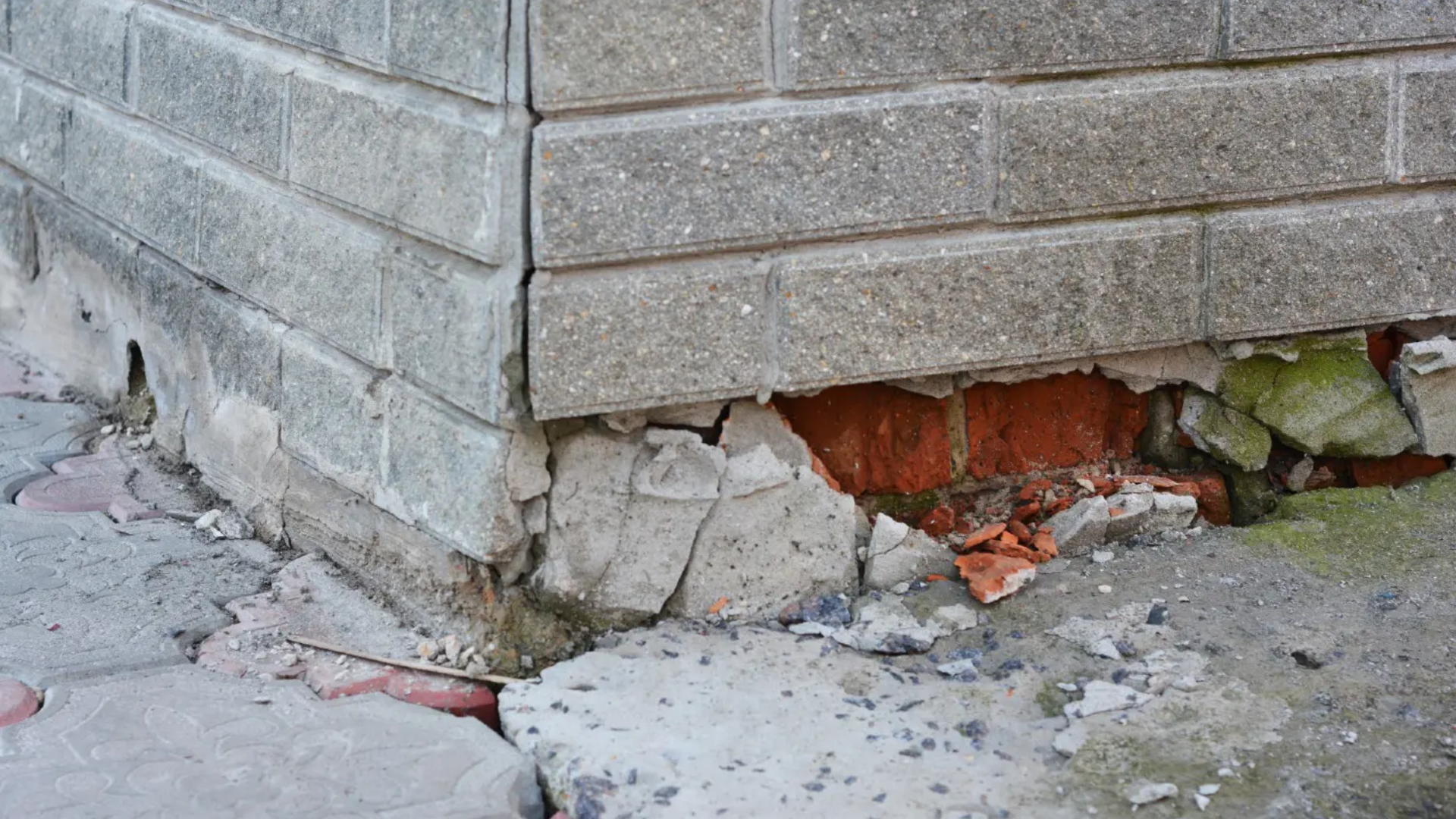
A collapsed foundation means the base of your house has broken or sunk, and it can’t hold everything up like it should.
This can happen if the ground under your home shifts, gets too wet, or wasn’t strong enough to begin with.
You might notice big cracks in your walls, doors that won’t close right, or parts of your floor that feel uneven.
When the foundation isn’t working the way it should, your whole house can be affected.
It’s kind of like the legs on a chair- if one breaks, the whole chair wobbles or tips over.
A collapsed foundation is a serious problem, but with the right help and repair, it can be fixed. The key is knowing what signs to look for and taking action before it gets worse.
Common Causes of a Collapsed Foundation
- Soil movement: When the ground under your home shifts or sinks, it can cause the foundation to crack or drop.
- Water damage: Too much water from rain, plumbing leaks, or poor drainage can weaken the soil and the foundation.
- Poor construction: If the foundation wasn’t built properly or the materials were of low quality, it may not hold up over time.
- Tree roots: Large tree roots growing near the house can push against or pull moisture from the soil, affecting the foundation.
- Natural disasters: Earthquakes, floods, and heavy storms can damage or shift the foundation suddenly.
Warning Signs of a Collapsed Foundation
- Cracks in walls or floors: Long or wide cracks can mean the foundation is shifting or breaking.
- Uneven floors: Floors that slant, dip, or feel bumpy might be a sign that something’s wrong underneath.
- Doors and windows sticking: If they’re hard to open or close, the frame may have shifted due to foundation movement.
- Visible sinking: If part of your home looks lower than the rest, the foundation might be sinking in that area.
Reliable Methods to Repair a Collapsed Foundation
Below are the most common and trusted methods for repairing a damaged foundation. Each method has its own purpose, depending on the severity of the damage and the cause.
1. Underpinning
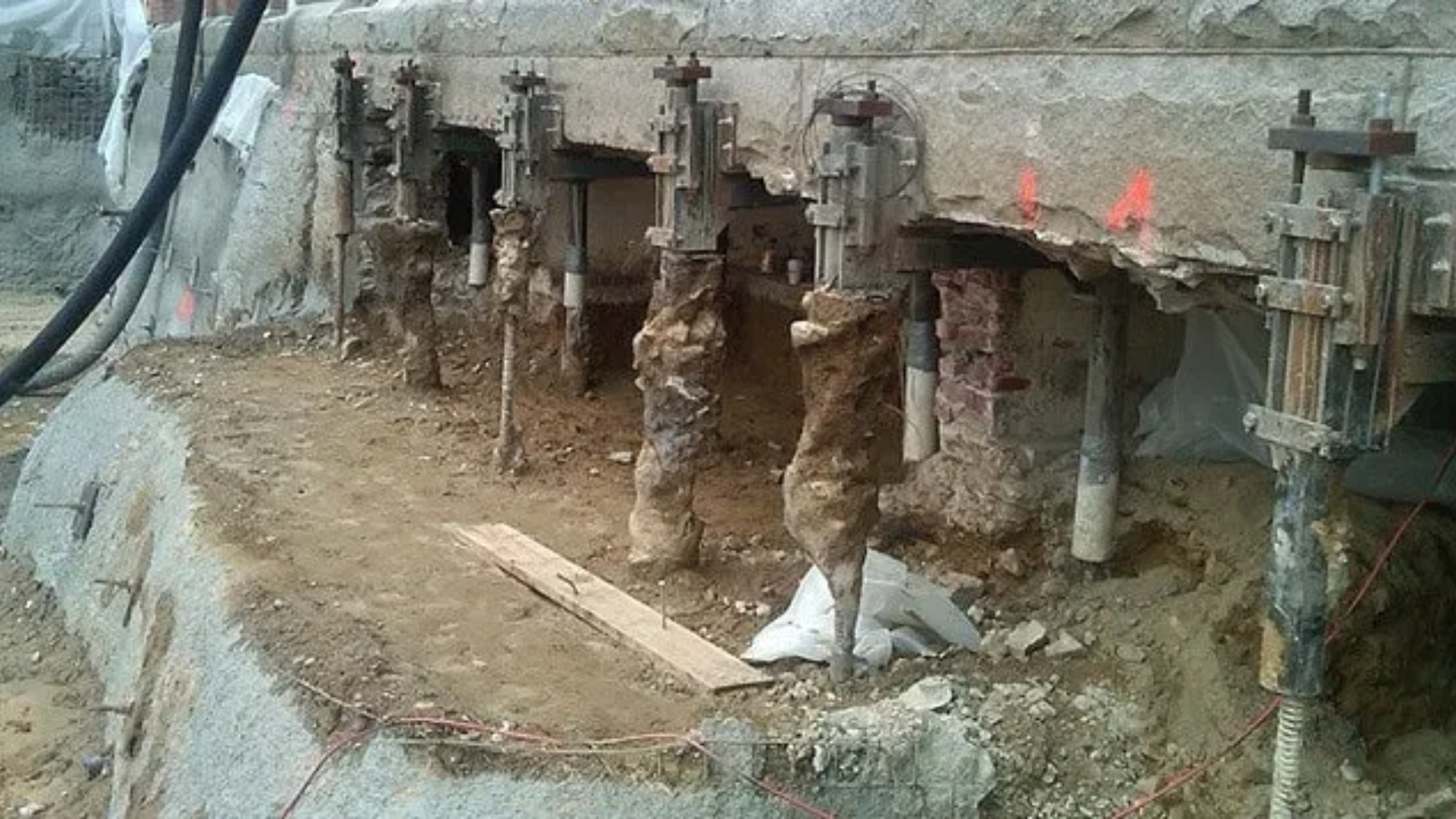
Underpinning is used to strengthen a weak or sinking foundation. It works by placing extra support, such as steel or concrete piers, deep into the ground beneath your home.
These supports reach more stable soil or rock layers and help lift and hold the foundation in place.
Methods Used:
- Push piers: Long steel rods pushed into the ground until they reach solid soil.
- Helical piers: Steel rods with spiral plates that screw into the ground for extra grip.
- Concrete piers: Large concrete columns poured or placed under the foundation for support.
When It’s Used: Great when the soil under your house can’t hold the weight anymore, causing it to sink or shift.
Solutions:
- Hire a licensed contractor to inspect and recommend the right type of pier.
- Choose steel piers for deeper support and longer-term stability.
- Use concrete piers for shallow, less active soil conditions.
2. Slab Jacking (Mudjacking)
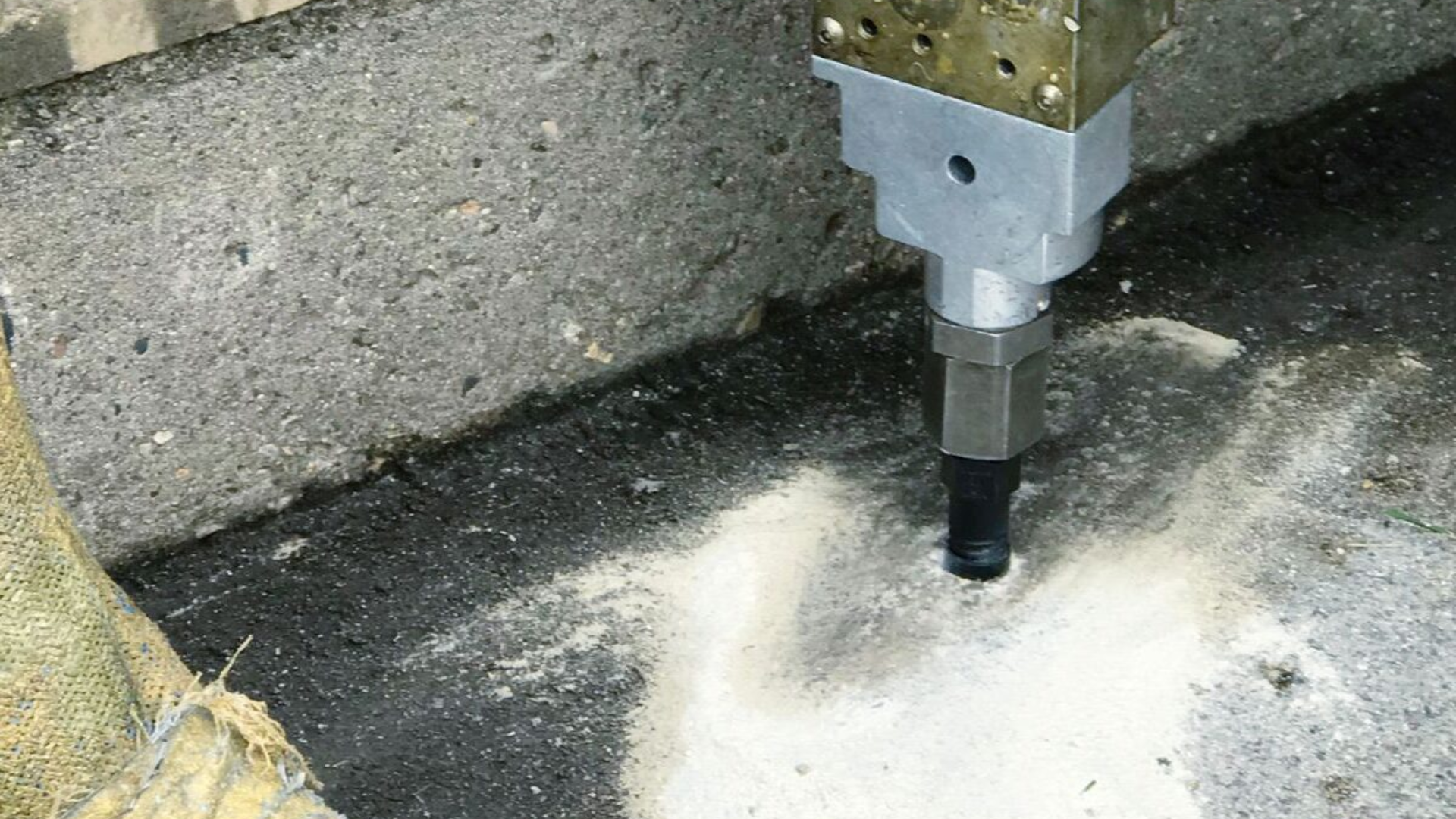
Slab jacking is a method used to lift sunken concrete slabs back to their original position. A mixture of cement or foam is pumped under the slab to raise it and fill any voids below.
Best For: Sidewalks, driveways, garage floors, and small foundation areas that have sunk but aren’t badly cracked.
Why It Works: It’s fast, affordable, and doesn’t involve digging up the whole area.
Solutions:
- Use foam injection for quicker drying and lighter weight.
- Choose cement slurry for heavier support when foam isn’t enough.
- Seal cracks afterward to prevent water from getting underneath again.
3. Wall Anchors and Braces
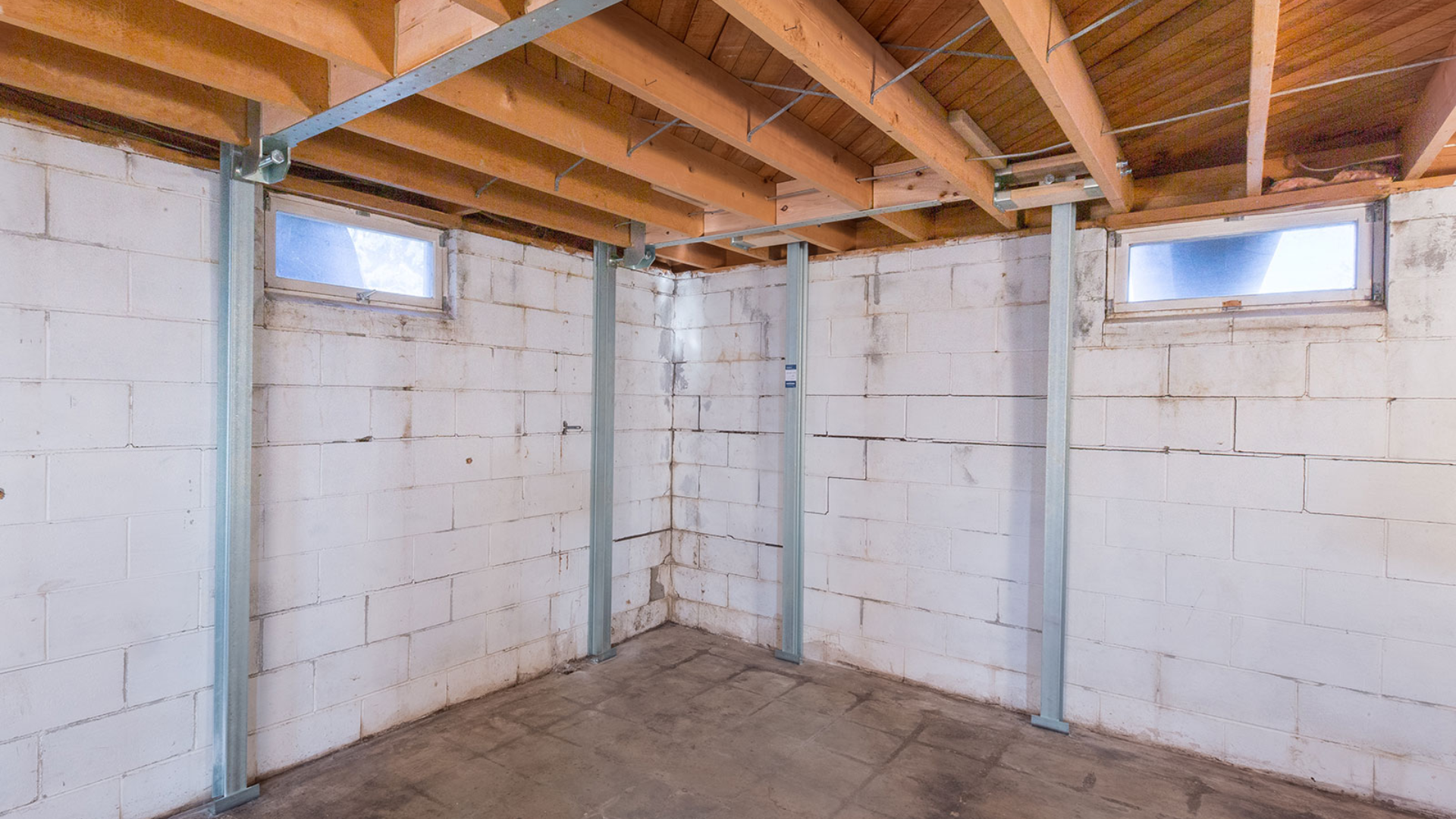
Basement walls can bow or crack due to outside soil pressure. Wall anchors and braces help pull the walls back and keep them stable.
How It Works:
- Wall anchors: Metal plates connected by a steel rod that tighten the wall over time.
- Braces: Strong steel beams installed inside the basement to resist further movement.
Best For: Homes with bowed or leaning basement walls caused by expanding soil or poor drainage.
Solutions:
- Install anchors if the wall can still be moved back.
- Use braces for walls that are already stiff but need support.
- Improve drainage around your home to reduce soil pressure on the walls.
4. Full Foundation Replacement
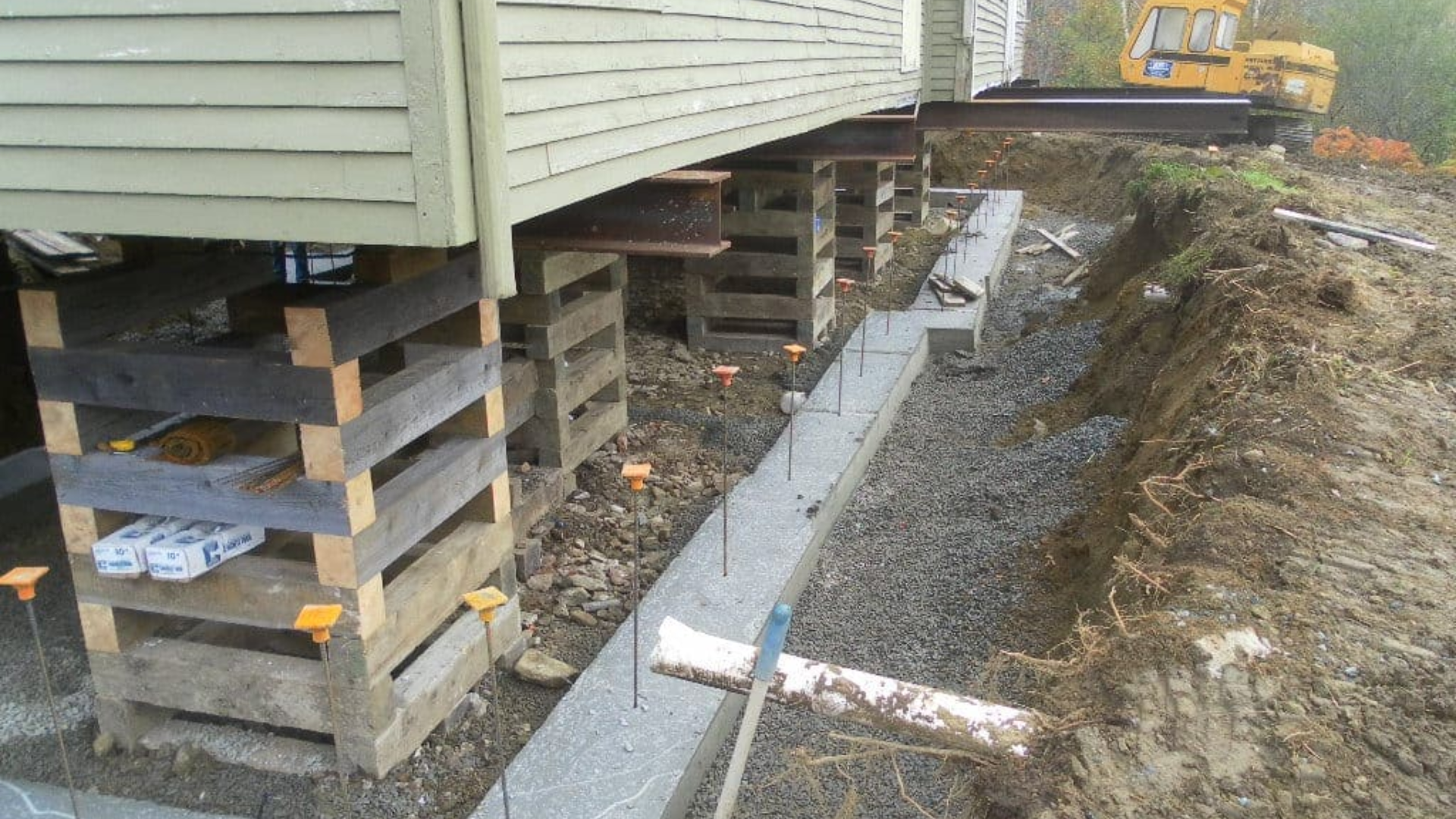
When damage is too serious, the entire foundation may need to be removed and rebuilt from the ground up.
When Necessary: Used when a foundation has completely failed or been damaged by age, floods, or quakes.
What to Expect: This method takes time and is costly, but it ensures a long-lasting result.
Solutions:
- Choose this only after a structural engineer confirms replacement is needed.
- Work with an experienced contractor who specializes in full foundation work.
- Consider upgrading your drainage and soil grading during the rebuild.
5. Soil Stabilization
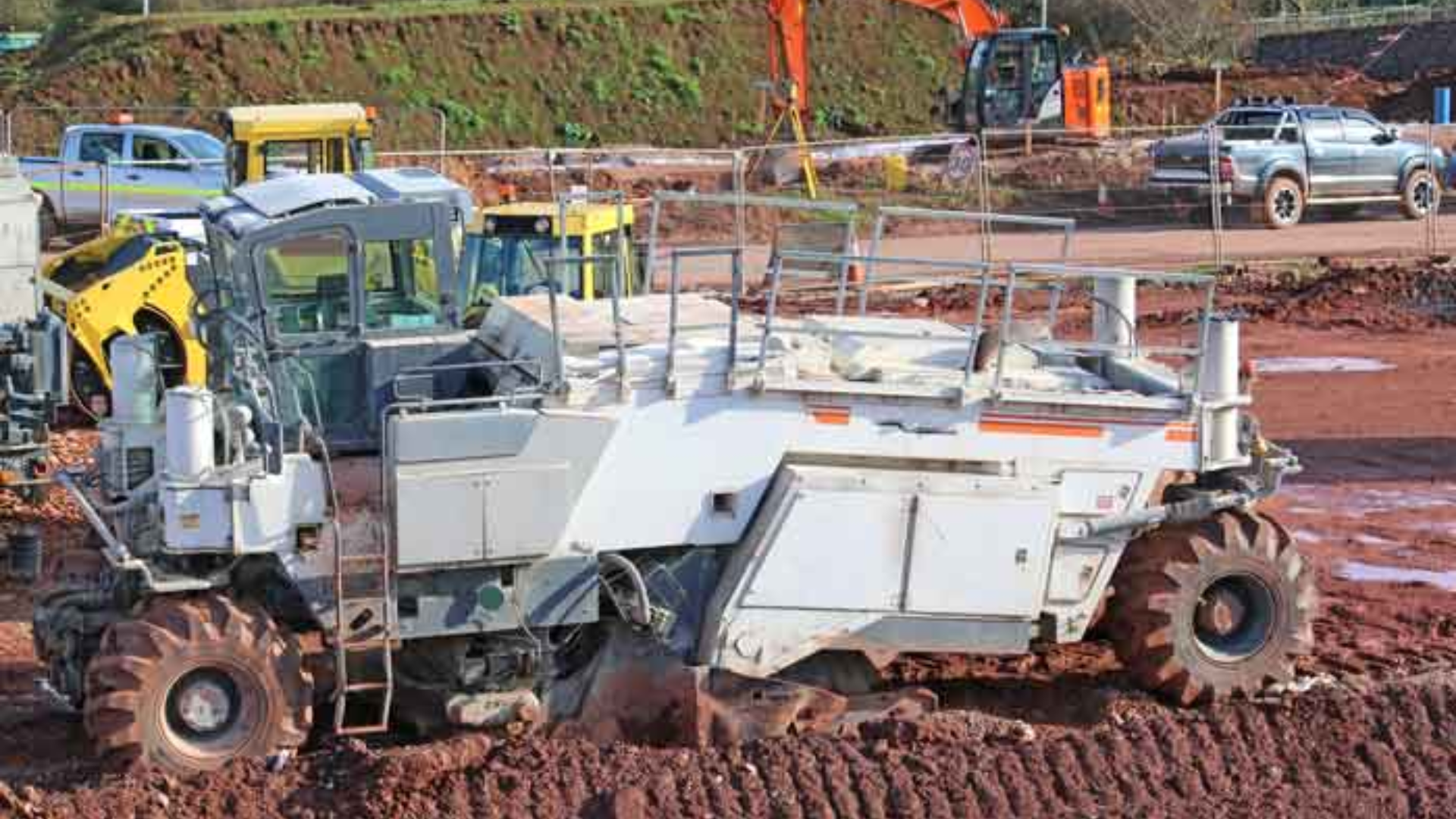
Soft or loose soil under your home can lead to shifting or sinking. Soil stabilization makes the ground firmer to prevent future problems.
How It Works:
- Chemical treatment: Lime or polymers are added to stiffen the soil.
- Mechanical compaction: Machines press the soil down to remove air pockets and make it tighter.
Prevents Future foundation issues from unstable ground.
Solutions:
- Use chemical treatments for deep, hard-to-reach soil.
- Apply compaction methods when building or repairing to create a solid base.
- Keep soil moisture balanced by maintaining good yard drainage and avoiding overwatering nearby plants.
6. Waterproofing and Drainage Solutions
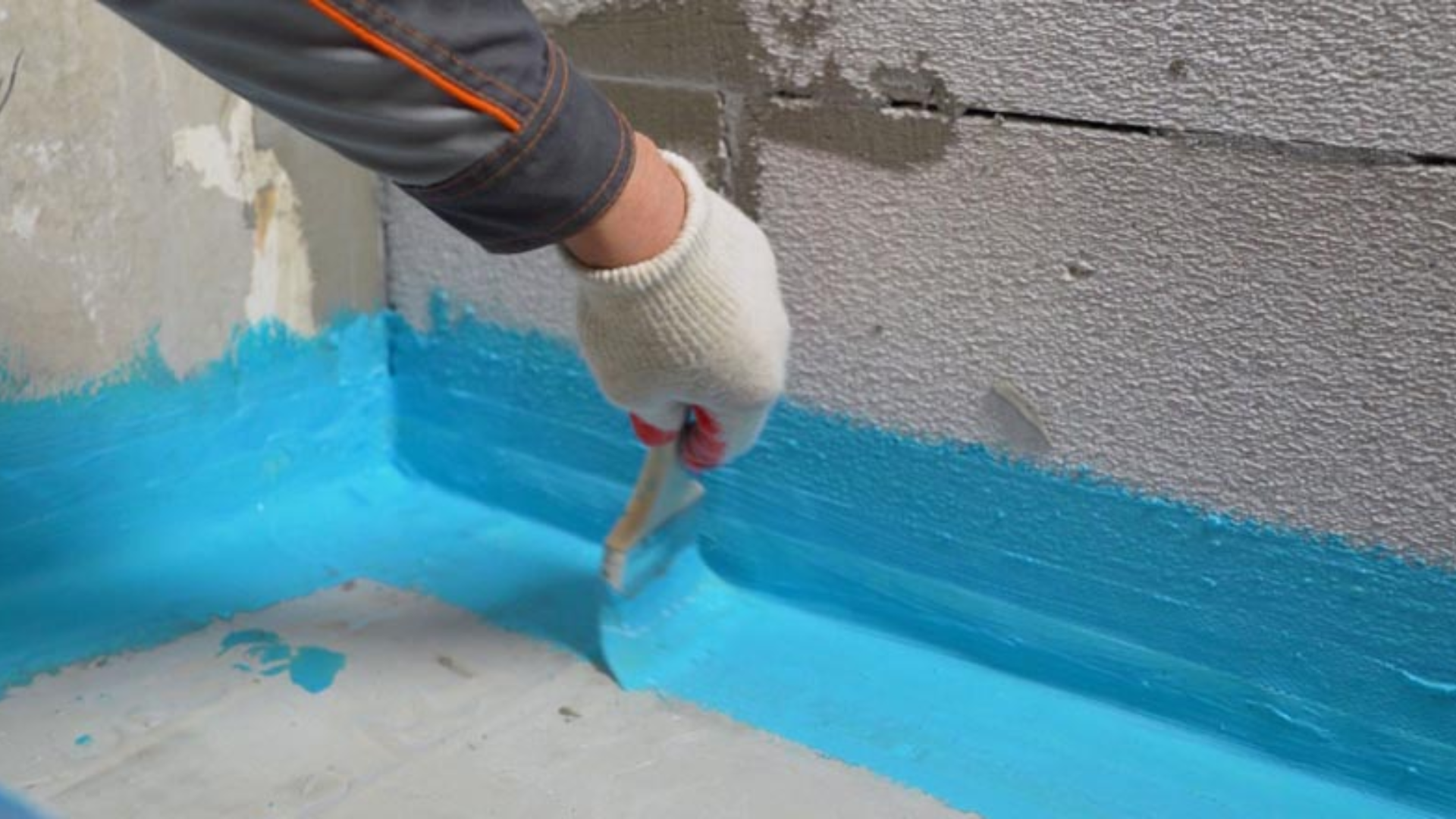
Too much water near your foundation can slowly weaken it, leading to cracks, shifting, or even collapse.
Waterproofing and drainage systems are designed to keep water away and protect your home’s base from future damage.
Purpose: These systems lower the risk of water damage and help your foundation stay strong and dry over time.
Common Solutions:
- Sump pumps: These are installed in basements or crawl spaces to collect and pump out water that enters.
- French drains: These are gravel-filled trenches with a pipe that redirects water away from your foundation.
- Waterproof coatings: These seal the outside of your foundation walls to stop moisture from getting inside.
Preventative Measures for the Future
These simple but important actions can protect your home and save you from costly fixes down the road.
- Drainage improvements: Make sure water flows away from your house, not toward it. Clean gutters, add downspout extensions, and check that the ground around your home slopes outward.
- Regular inspections: Check your home often for cracks, uneven floors, or sticking doors and windows. Catching small issues early can prevent bigger problems later.
- Soil stabilization methods: If your home is built on soft or shifting soil, consider having a professional improve the ground’s strength. This helps keep your foundation steady over time.
Conclusion
Fixing a collapsed foundation might sound scary, but it can be managed with the right steps.
I’ve covered the key signs, what causes the damage, and how to fix it, whether it’s a small job like slab jacking or a complete replacement.
There’s always a solution that fits the issue.
I also shared tips to keep your foundation safe in the long term, such as improving drainage and watching for early warning signs.
If you see cracks, sinking, or other red flags, don’t wait to act. A strong foundation keeps your home safe, and early fixes can save you money and stress.
I hope this guide provided you with clear answers and helped you feel more prepared to handle the problem.

